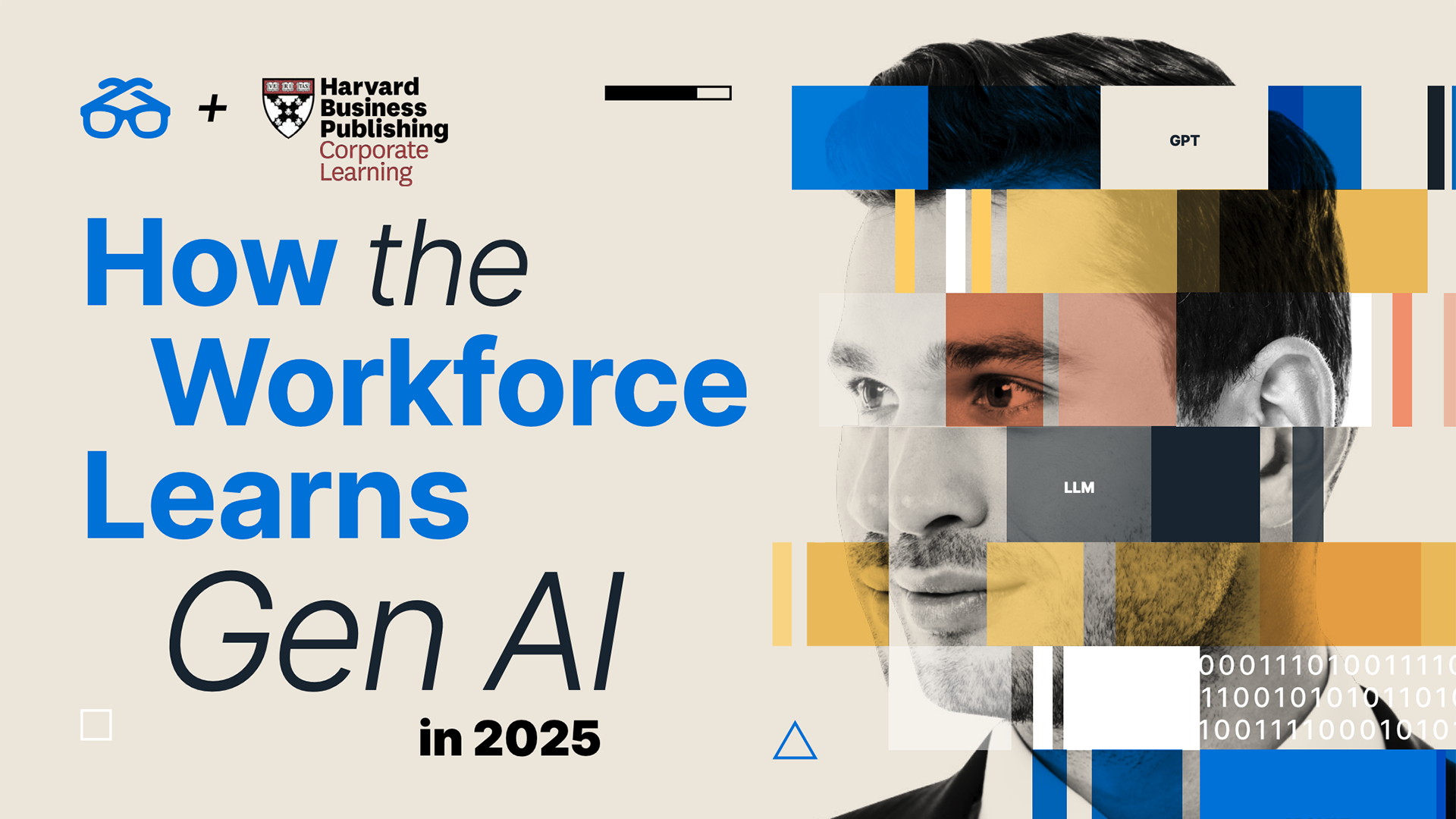L&D’s strategic role in GenAI readiness: Why HR, Learning and IT must align
Strategic alignment across HR, L&D, and IT is essential for scaling GenAI readiness, a new study finds; Organisations with integrated support see faster adoption, higher confidence, and better business outcomes.
As generative AI continues to reshape roles and redefine how work is done, organisations face a critical challenge: ensuring their people are ready not just to adopt new tools, but to do so with confidence and competence. According to a new global study from Degreed and Harvard Business Publishing Corporate Learning, the key to bridging the readiness gap lies in coordinated leadership across HR, Learning, and IT functions.
The report, How the Workforce Learns GenAI in 2025, identifies confidence, not content delivery, as the primary determinant of effective GenAI use. But building that confidence at scale requires more than isolated training initiatives. It demands strategic alignment, structural support, and a rethinking of how learning is embedded in daily workflows.
Organisations that make the greatest strides with GenAI are those where HR, Learning and IT heads are working together to create a seamless experience for the workforce. HR leaders define new role expectations and skill requirements. L&D leaders translate these into relevant, task-based learning. IT leaders ensure the infrastructure is in place to support real-time use of GenAI tools. The result is not only improved proficiency, but faster adoption, reduced change fatigue, and stronger trust in AI-enabled work.
The research warns that a lack of coordination leads to what it calls "stagnant enablement", where capability exists in theory, but isn’t activated in practice. Without integrated support, even the best technology goes underutilised, and workforce transformation stalls.
Key findings from the report
- Confident GenAI users are 20x more likely to have access to tools, support, and infrastructure.
- When L&D, HR, and IT strategies align, organisations are 3x more likely to develop a GenAI-ready workforce.
- Proficient users are 4x more likely to apply GenAI to real business problems.
- Confidence drives performance: users with high confidence levels report gains in productivity, creativity, and decision-making.
- 78% of professionals still lack confidence in using GenAI effectively.
The report calls on L&D leaders to step into a new strategic role, not just as educators, but as facilitators of GenAI fluency across functions. That means building learning cultures that emphasise experimentation, practical support, and cross-team collaboration.
The report supported the theme of the opening keynote address at Learning Technologies 2025, where the presenters David Kelly and Dani Johnson spoke about the need for alignment across these three functions, and more widely across business. In an interview with Learning News at the show market analyst Dani Johnson pointed out: “In L&D, we have been on the side of the organisation for a really long time. We have to integrate in with the rest of the organisation. We have to redesign entire work systems. We're not just talking about meshing with other people functions, we are talking about meshing with IT, operations, organisational design. All these things have to be rethought.”
Watch the interview with Dani Johnson and David Kelly at LT2025.
How the Workforce Learns GenAI in 2025 is a global study conducted by Degreed in partnership with Harvard Business Publishing Corporate Learning. It draws on insights from over 2,700 professionals across multiple sectors and regions, focusing on how GenAI is being adopted in the workplace. The research explores the behaviours of the most proficient GenAI users, identifies organisational factors that drive confidence and performance, and provides actionable recommendations for business and learning leaders.



